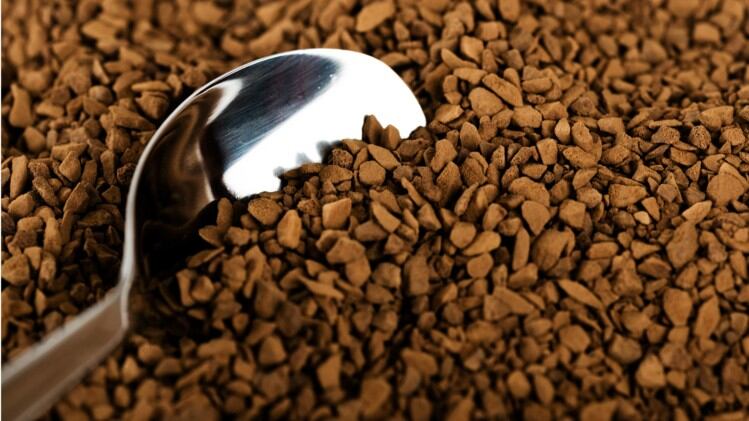The new decree dictates that violators of food safety regulations will be fined up to US$ 5,840 (VND 200m), or seven times the value of goods. It will commence on October 20.
This number is 3.5 times higher than the previous penalty from the old regulations in 2013.
At present, all food safety breaches will be directly subject to fines without warnings.
Offenders who use animal and plant products that fail to meet inspection and veterinary hygiene requirements will be slapped with a US$ 854 to US$ 1,709 (VND 20 mn to VND 40 mn) fine.
Using banned chemicals or animals that died/were culled due to disease for food purposes will draw a US$ 3,410 to US$ 8,540 fine (VND 80 mn to VND 20 mn) if the products are worth over US$ 427 (VND 10 mn). Products below this amount will be fined US$ 1,709 to US$ 2130 (VND 40 mn to VND 50 mn).
Depending on the magnitude of the offence, additional punishments including suspension, food safety certificate revoke and product confiscation may also be warranted.
The first half of 2018 alone saw US$ 191,300 (VND 4.4 bn) worth of food safety violation fines in the country, by over 1,600 offenders in the food business industry.
Additionally, Vietnam Ministry of Health inspections also revealed over 68,000 businesses violating food safety and hygiene laws.
“It is vital to enhance the post-inspection work on food safety and hygiene to better control food quality,” said Minister of Health Nguyen Thi Kim Tien.
Food safety in Hanoi
The food safety situation in Vietnam has prompted its capital city Hanoi to develop a dedicated food violation reporting system to ensure food safety.
The system aims to connect multiple sectors from health, trade, agriculture and local authorities to coordinate food-related reports and issue due warnings.
The warnings are spread into three levels. The first level warning station is located at the city’s Food Safety and Hygiene Division, followed by the second level at district clinics and the third at wards.
Violations must be reported to the system by officials within two hours of discovery, and urgent situations must be addressed within 24 hours.
An added built-in incentive to discourage food safety within the system is that penalties will be broadcast widely and publicly.
The planned launch date for the system is in 2020.
Food safety in China
This tightening of regulations comes just days after Vietnam’s neighbouring country China saw widespread coverage of their food safety requirements too.
China Vice Premier Han Zheng pushed for stricter regulations, including lifetime bans, for offenders who flouted food safety laws and regulations.





